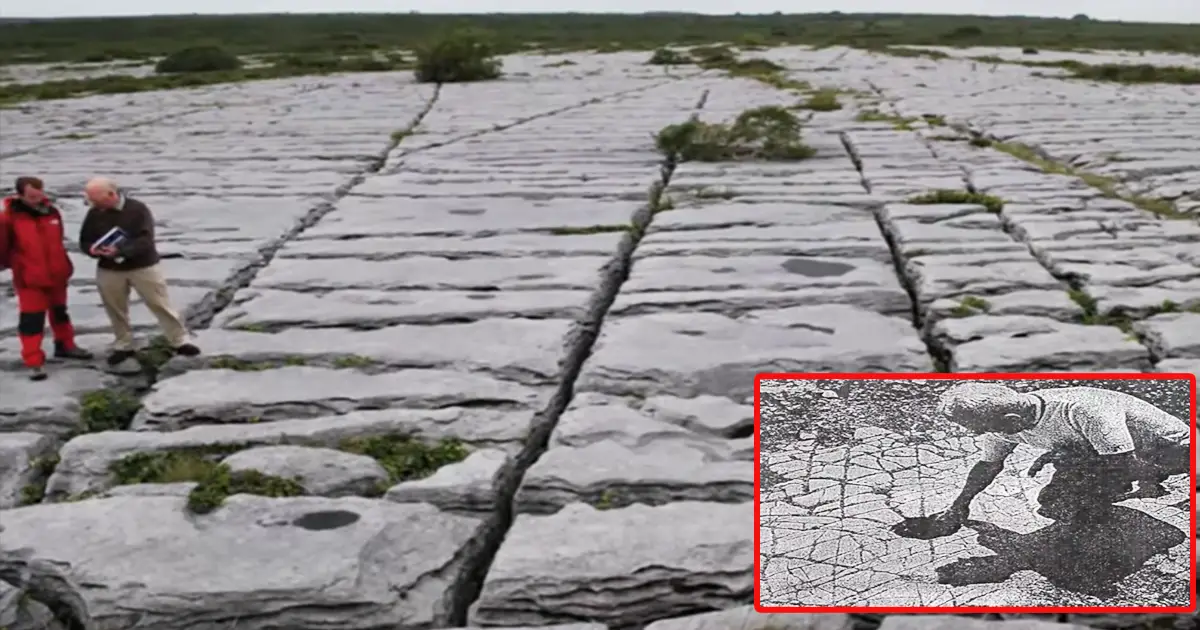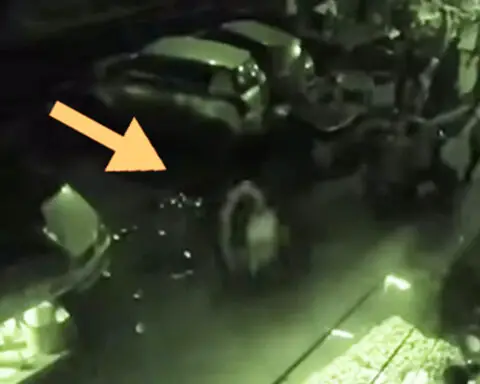A group of Oklahoma construction workers discovered an unusual thing in 1969. The manual laborers saw what seemed to be a vast antediluvian edifice, which they had reportedly been able to date back to 200,000 years ago.
It was first published in The Oklahoman, a daily newspaper that referred to it as an “Ancient Mosaic Floor.”

According to Durwood Pate, a local geologist at the time, the mosaic floor was laid out in exactly parallel lines that crossed to form a diamond shape.
The team of geologists initially agreed that it had to be a natural discovery, but Delbert Smith, president of the Oklahoma Seismograph Company, quickly refuted this, stating that the entire structure perfectly stretched up to several thousand of square feet and was perfectly symmetrical the entire way.

Surprisingly, the mosaic floor looked to include marine sediments, indicating that the area was once completely buried underwater.
But that’s not all; researchers also discovered an iron cup within a chunk of coal that dates back 300 million years in the same place. Frank J. Kennard was the one who made the formal discovery, as he claimed to have crushed the block of coal with a sledgehammer.
Video:






